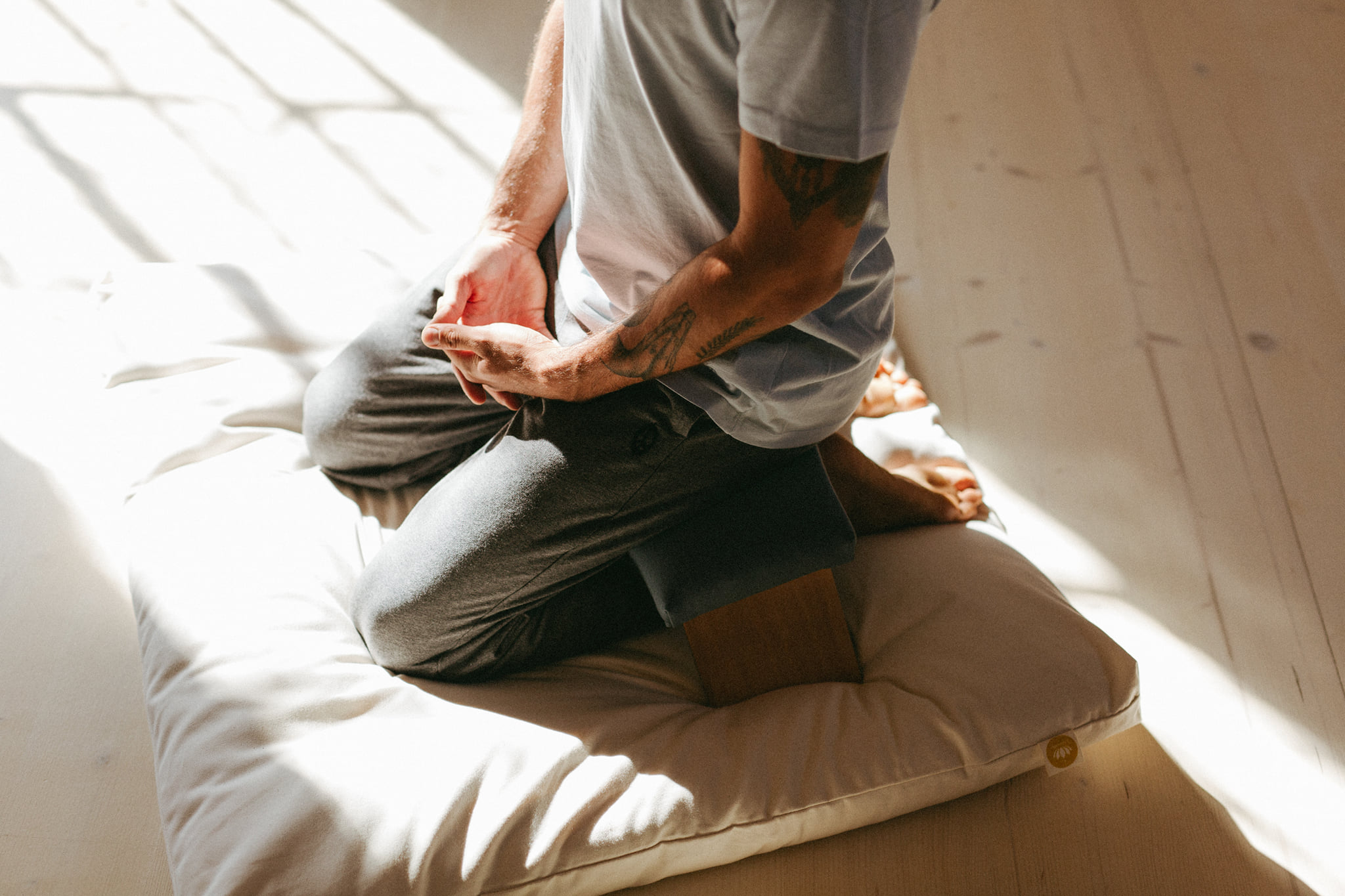30 Days Basic Buddhist Meditation Course

Audience
The course is aimed at everyone, and in particular beginners, who want a thorough basic introduction and instruction in Buddhist meditation, with the aim of establishing a solid daily meditation practice.
Goals
In the end, you will be 100% ready to continue your daily meditation practice on your own, and further develop your skills so that you can create calmness in your body, thoughts and emotions at any time, as well as increase concentration, presence and your mental resources.
This basic course also gives access to the overarching courses in Satipaṭṭhāna (mindfulness), Ānāpānasati (mindfulness of the breath), Vipassanā (insight meditation) and Samatha (concentration) with the aim of achieving Samadhi (deep peaceful non-dualistic meditative state).
Shikan meditation
The meditation consists, in short, of 6 steps:
1. to count - count your breaths. This step is the foundation of all meditative work, and you can hardly spend long enough to become completely familiar with it.
2. to follow – follow the breath through the whole body, from the edge of the nostrils, all the way down to the stomach, and up again.
3. to stabilize – instead of following the air through the body, you now anchor your attention in one place, at the edge of the nostril, and wait here for the air flow to pass. Wait for the flow of air and know exactly when the breath touches your attention.
4. to contemplate – i.e. to make a calm and consistent meditative reflection. It may resemble a bit of 'thinking about things', but is a much more concentrated exercise. You learn to consider the objects of the mind, for example thoughts and feelings, get to know them - and through this consideration you get to know the function of the mind.
5. to turn – in this exercise you build on the contemplations you have already done, but you turn the exercise towards the mind itself. Where in the previous step you contemplated the objects of the mind, you must now contemplate the mind itself - and thereby learn the true nature of the mind.
6. to clean – this last step is not actually an exercise, but rather a natural development or consequence of the previous training. It is a purification of the disturbing elements of the mind so that you can clearly see the true nature of all phenomena; see how things are.
The framework
You should expect to set aside between 10 and 20 minutes a day for the project, and I would encourage you to "clear" your calendar and your background so that you can focus 100% on your practice. In this way, you ensure that you do not so easily fall into the completely classic traps that you will inevitably encounter. In short, you must make sure that the framework enables you to reach the goal of the project, in advance.
Make sure that you can sit as undisturbed as possible, and preferably in a fixed place that you can return to every time you have to meditate.
It may be a good idea to keep a meditation diary along the way, so that you can look back on your experiences afterwards. You forget surprisingly quickly, and that's a bit of a shame, because the memory of the starting point of your journey into Buddhist meditation can be good to have with you.
Sessions with the teacher:
Once a week, you meet regularly with your teacher, where you review the course of the week. The teacher will ensure that your course has the right development, and help you with all the completely natural challenges and problems that arise. This weekly session lasts approximately 60 minutes. The sessions are held at your office, at your home or at Smedjen in Gl. Ølstykke (www.smedjen.dk)
